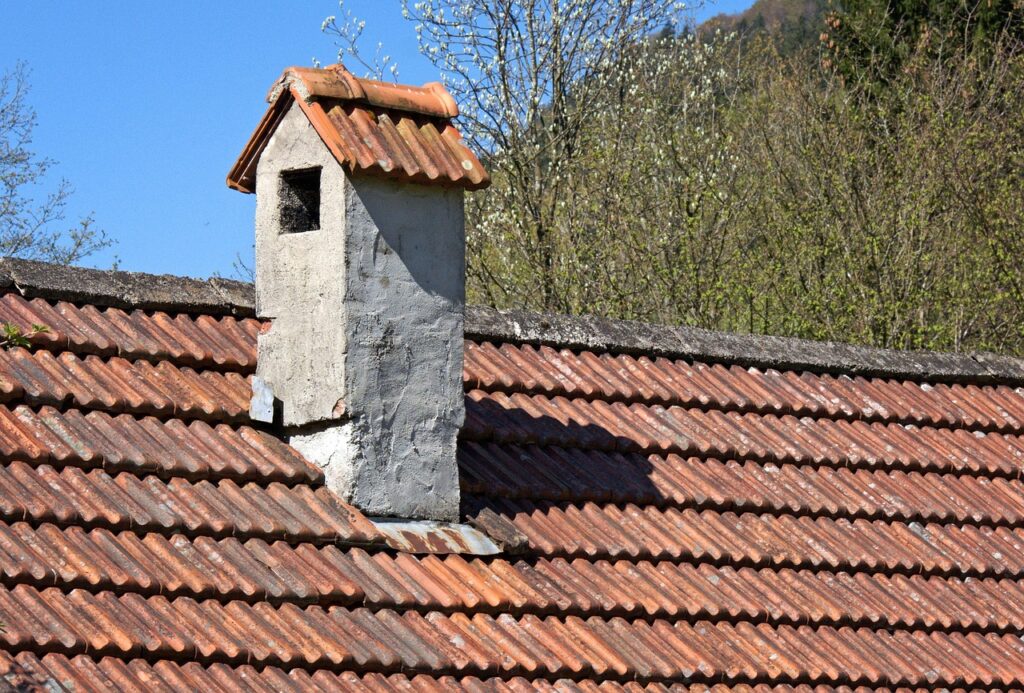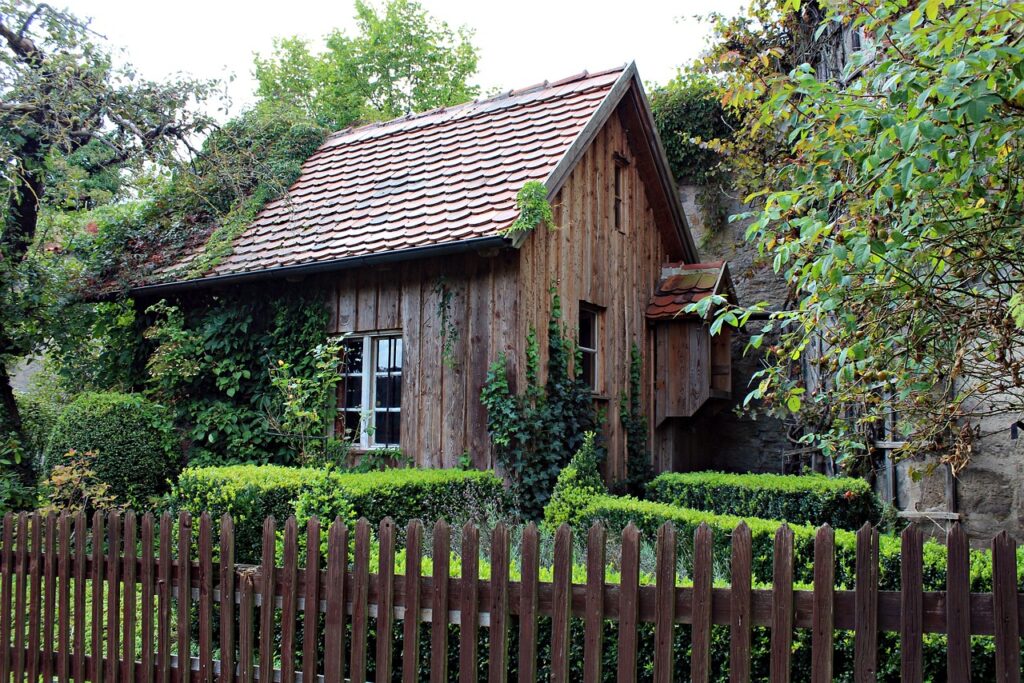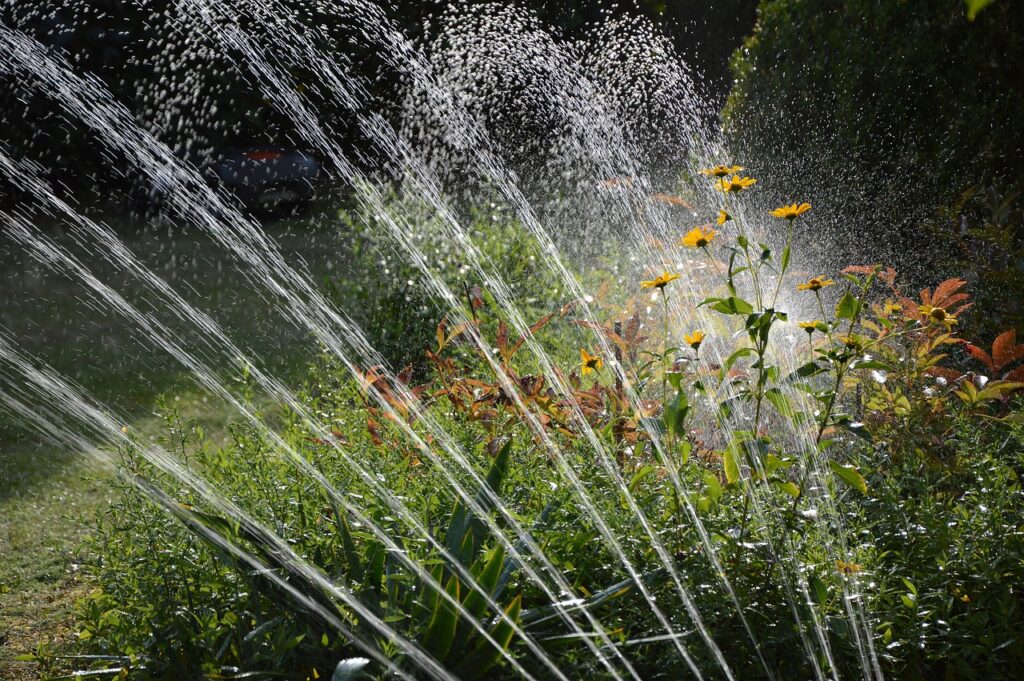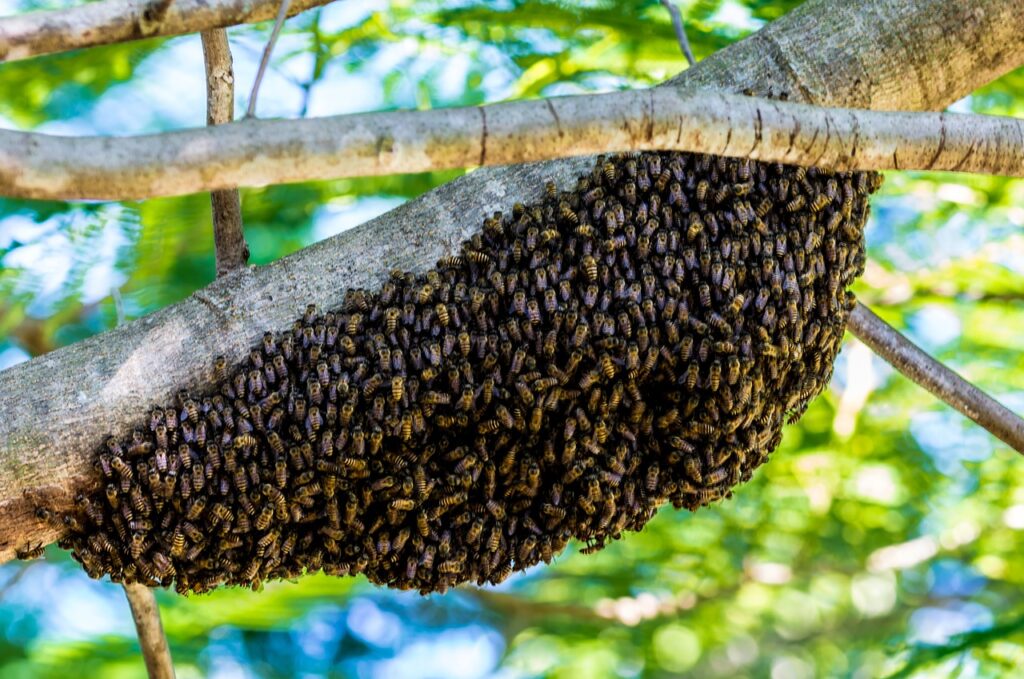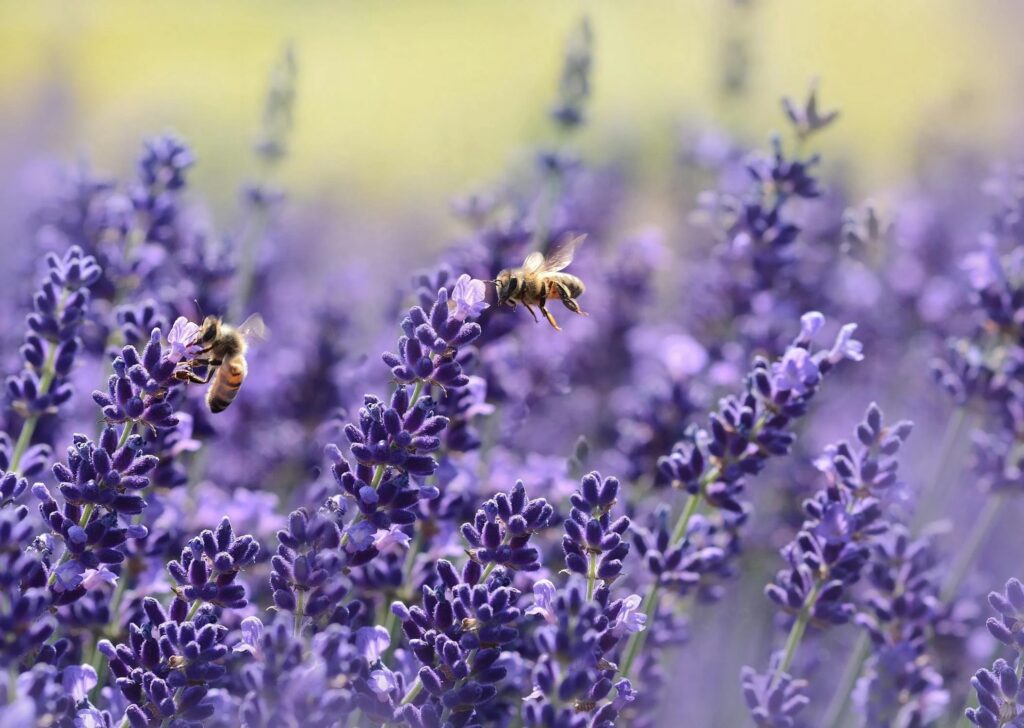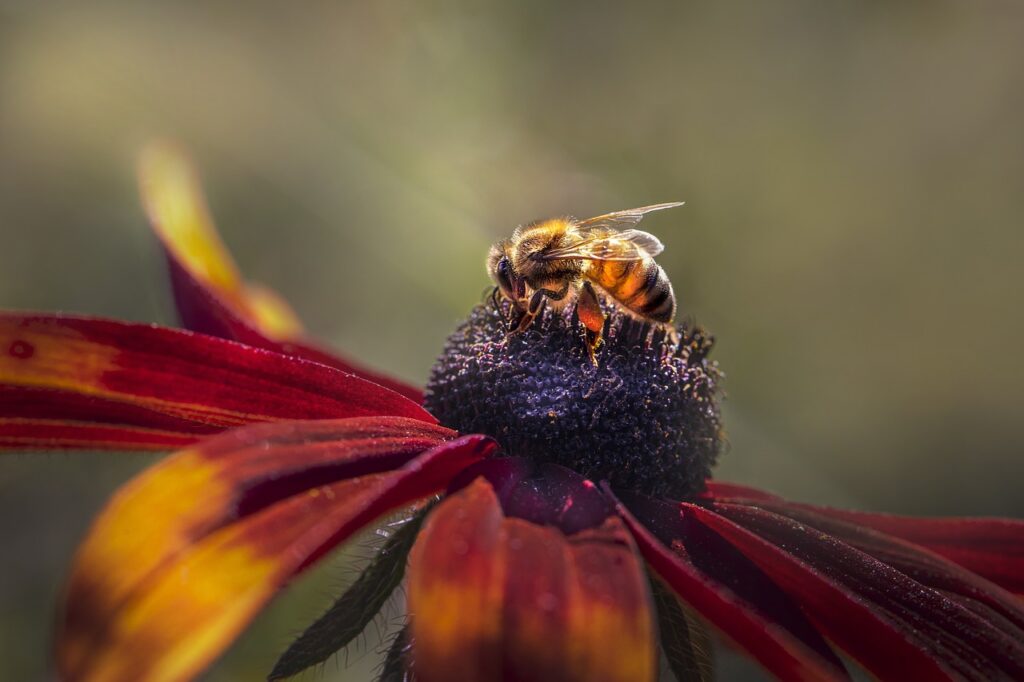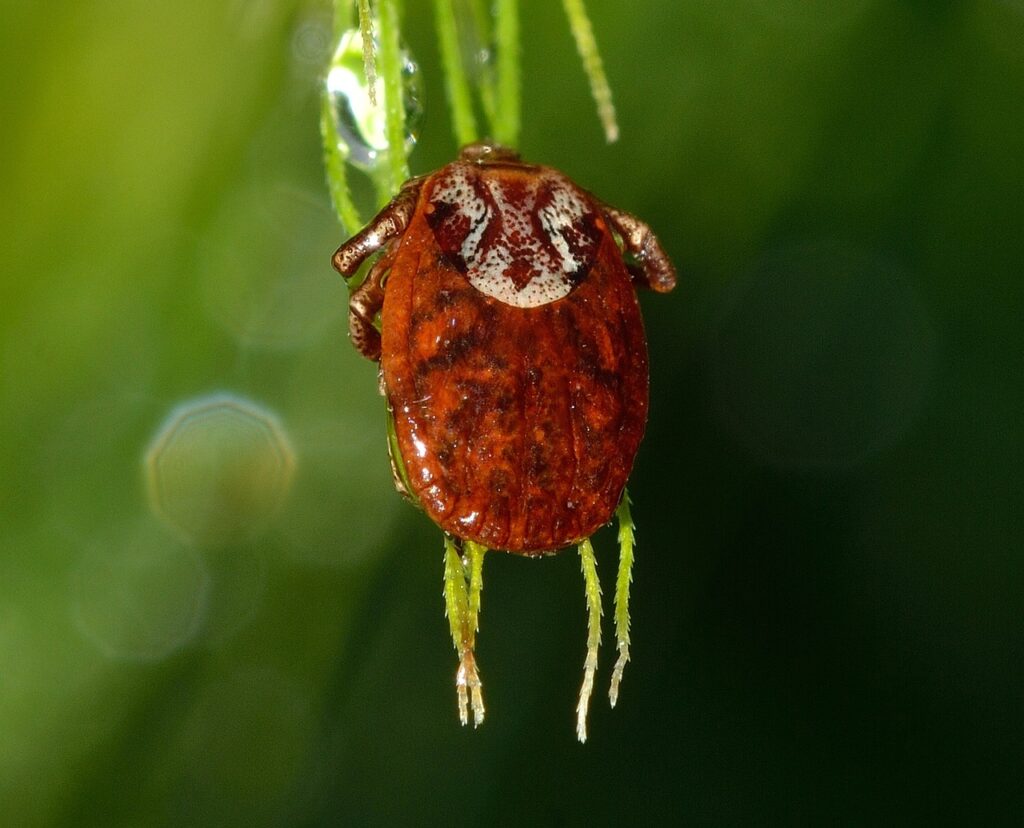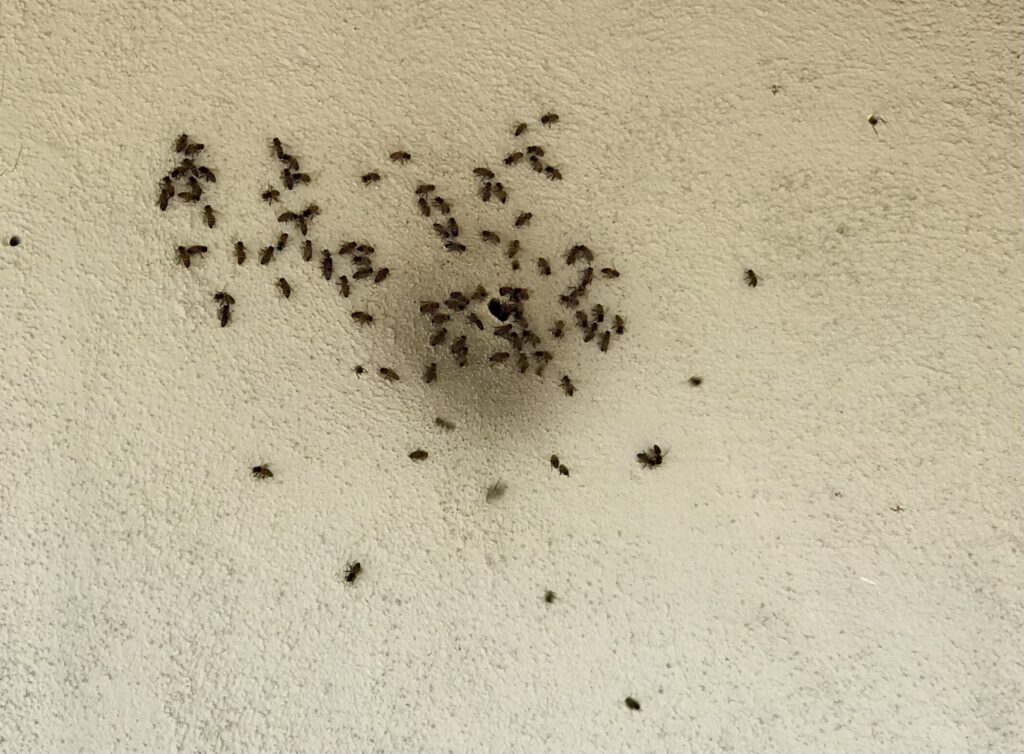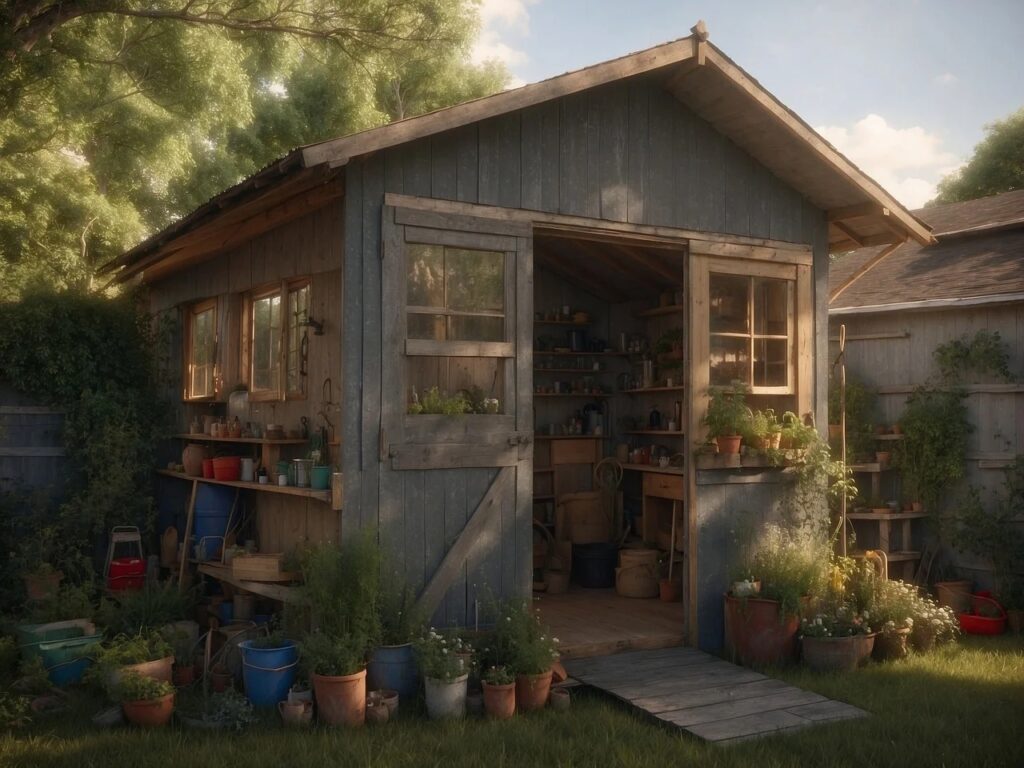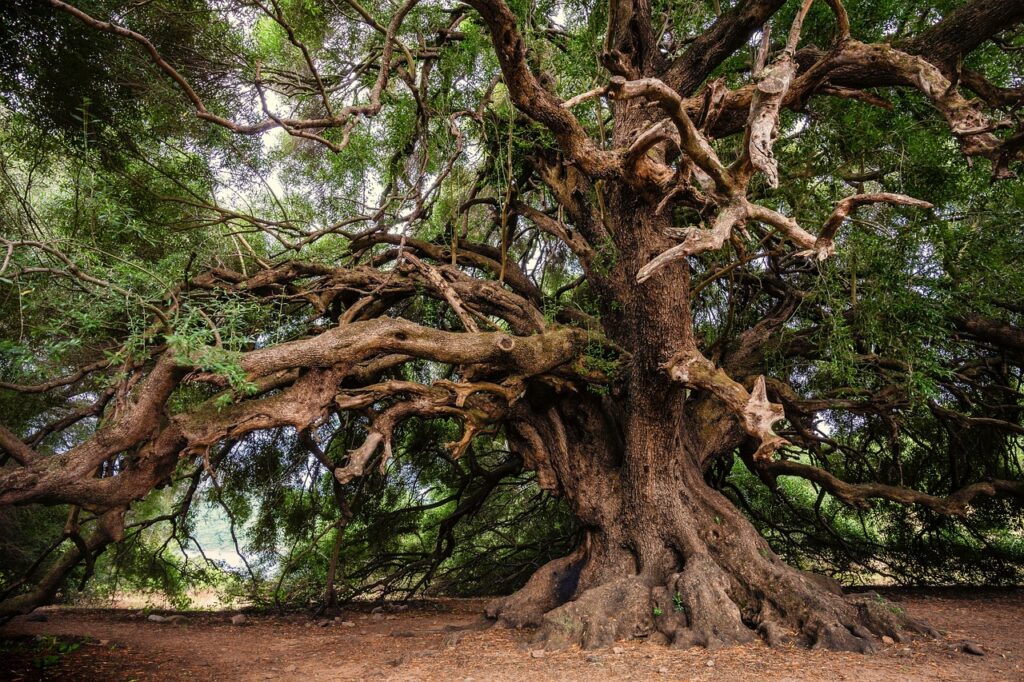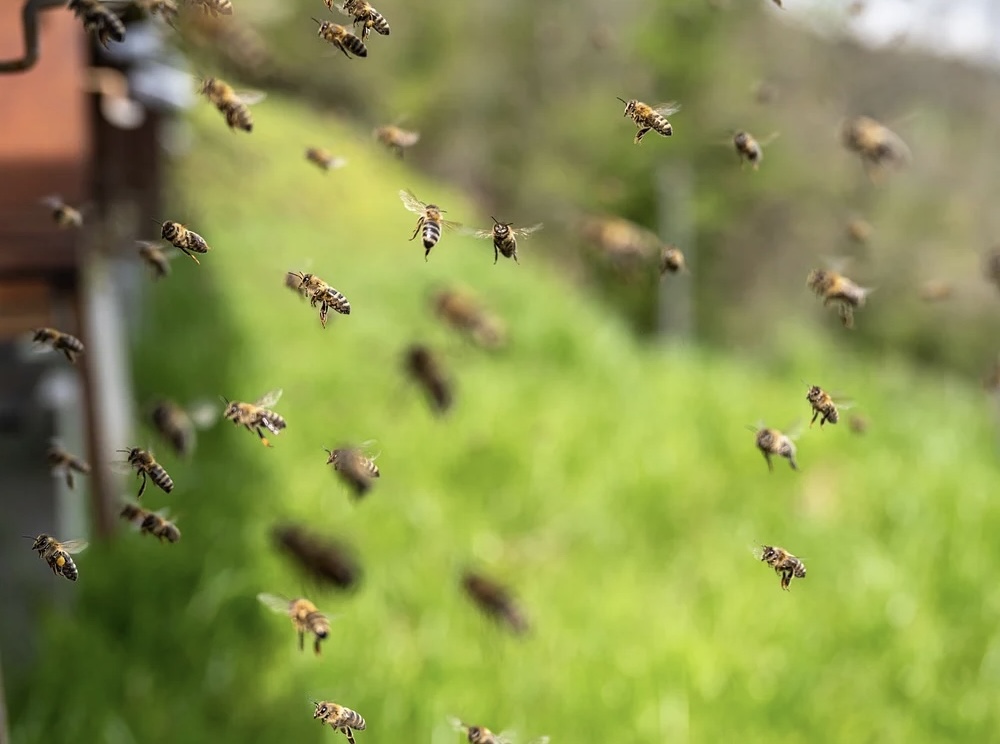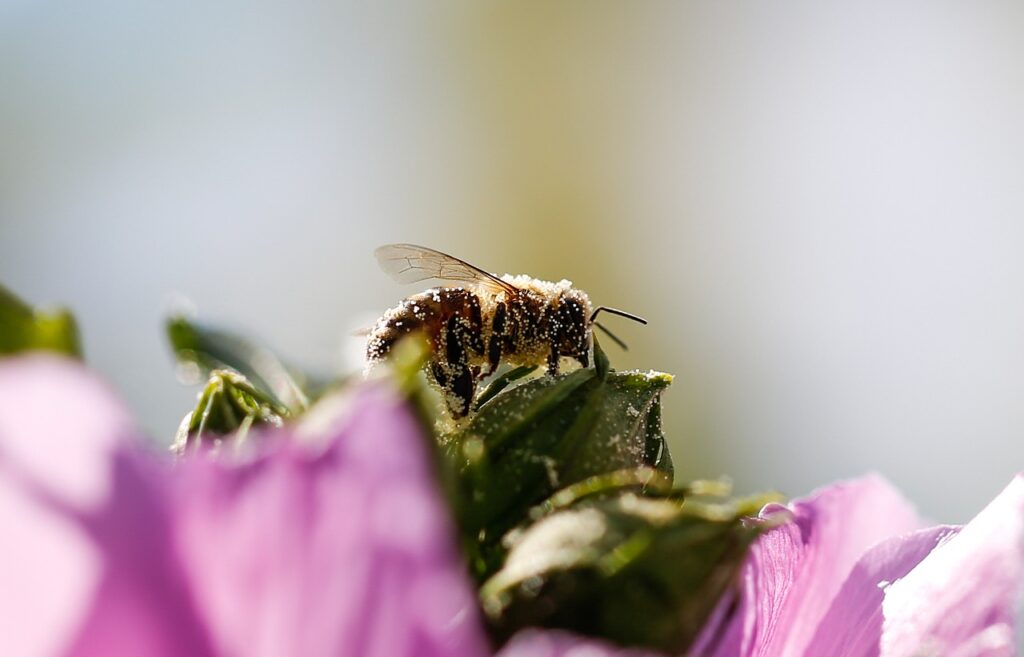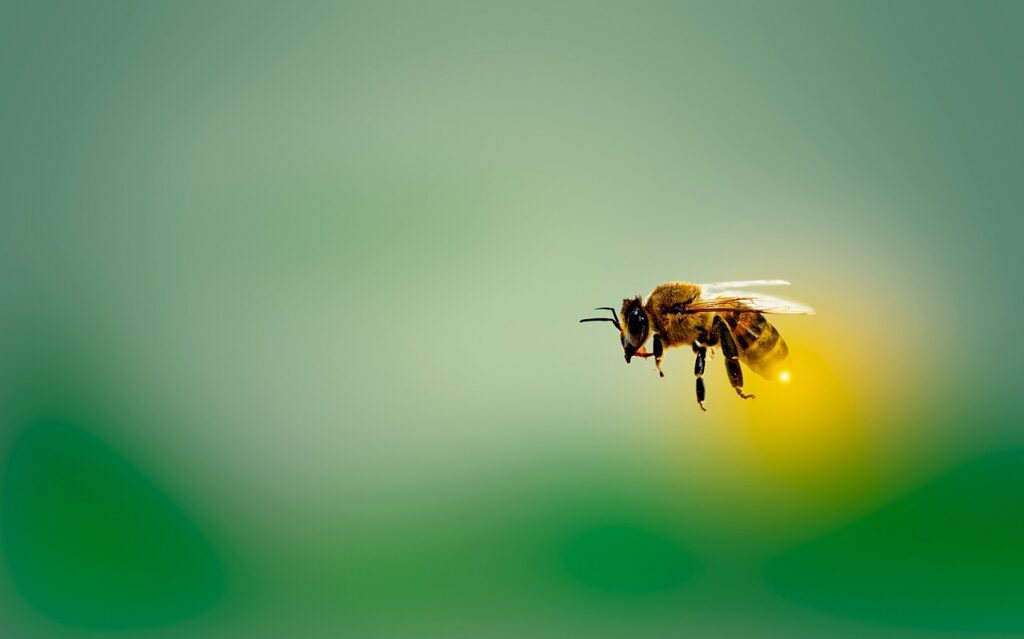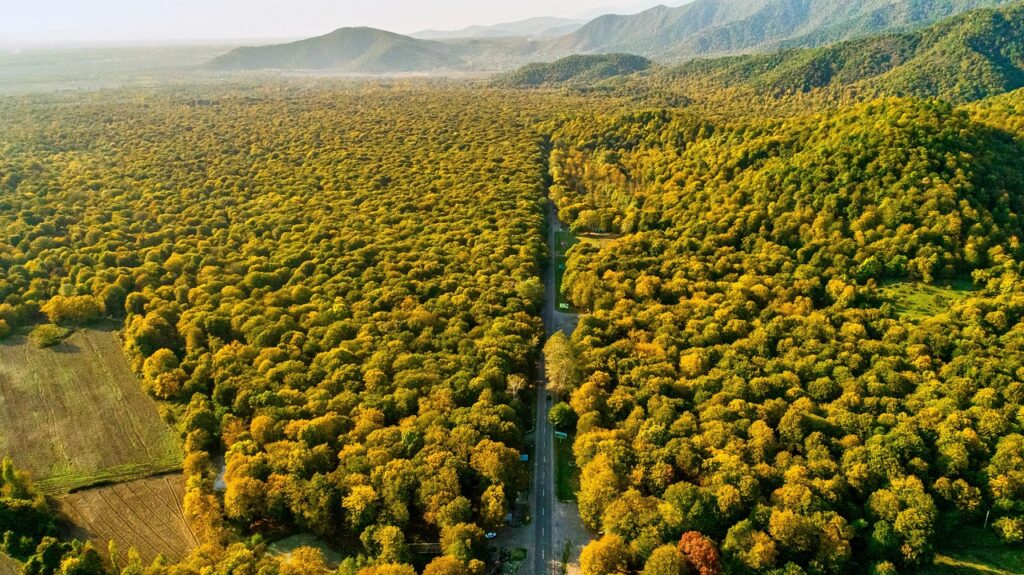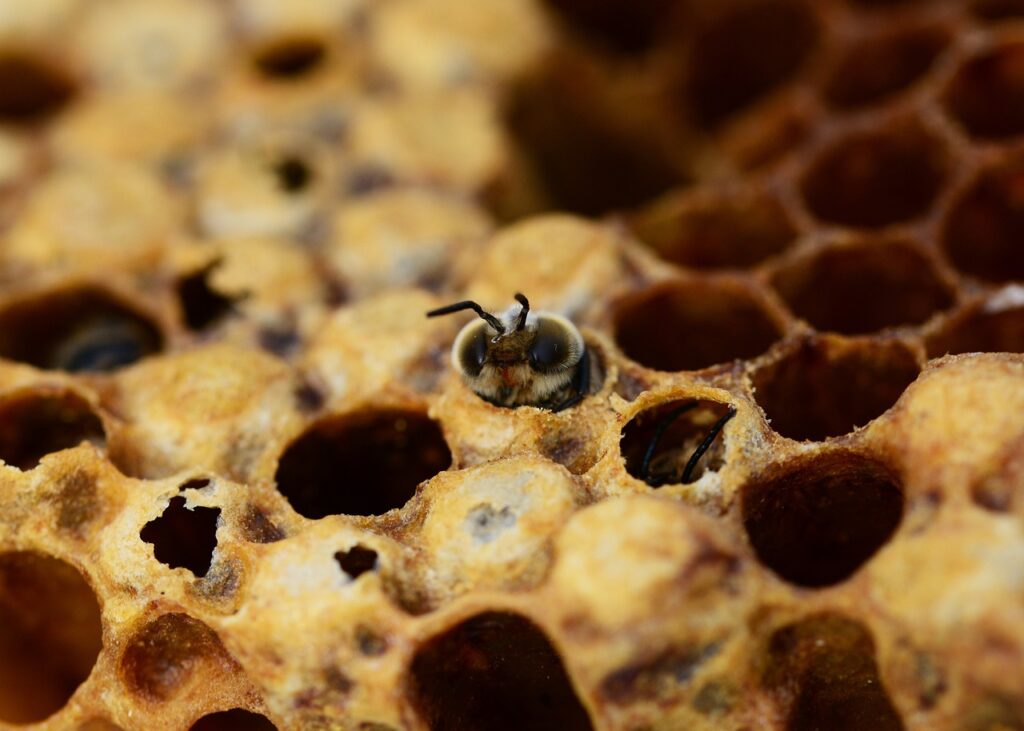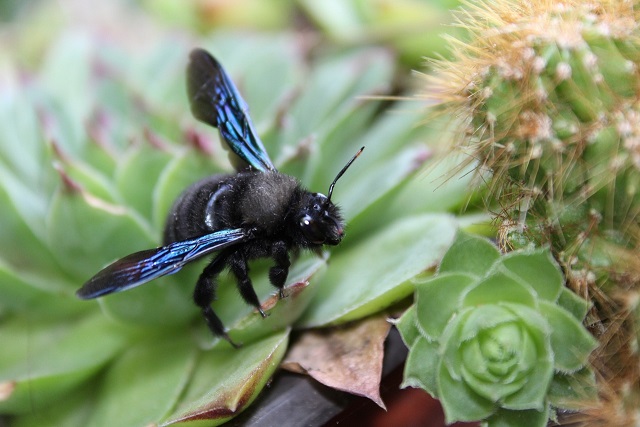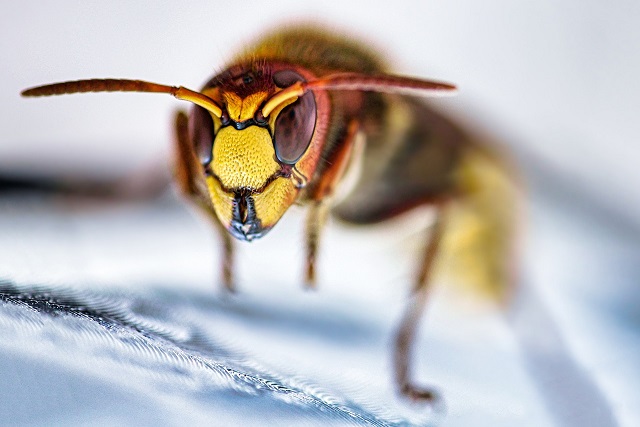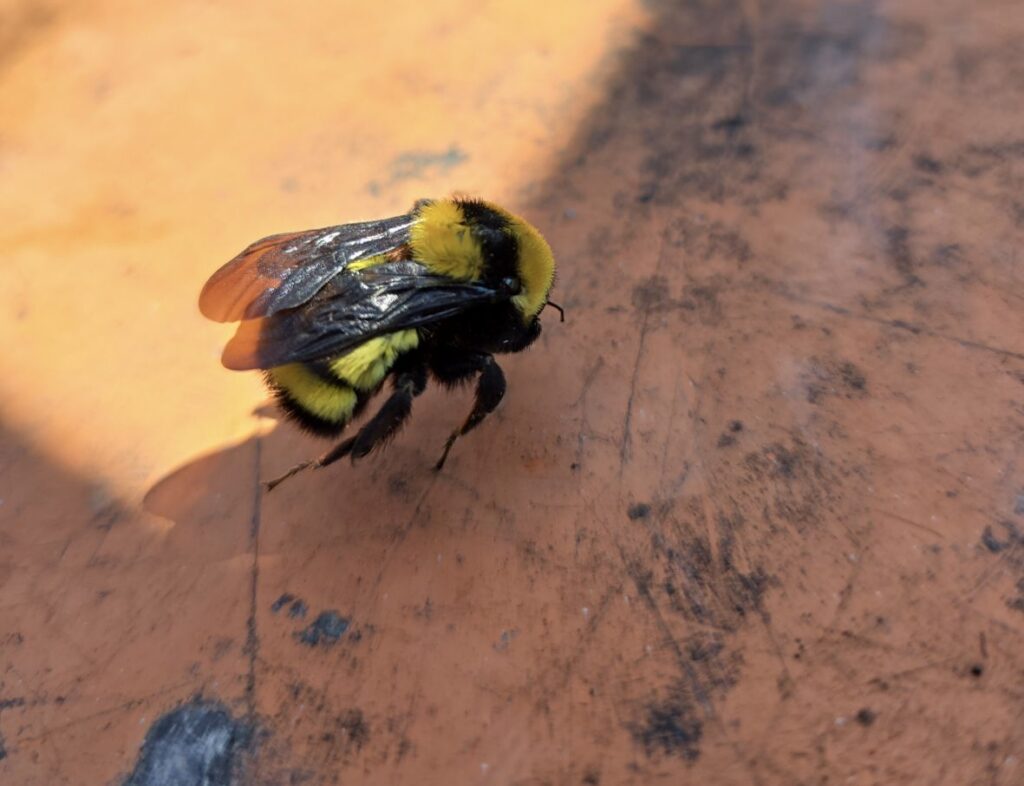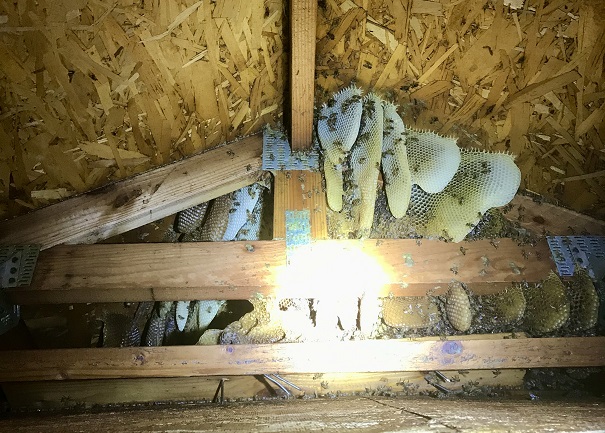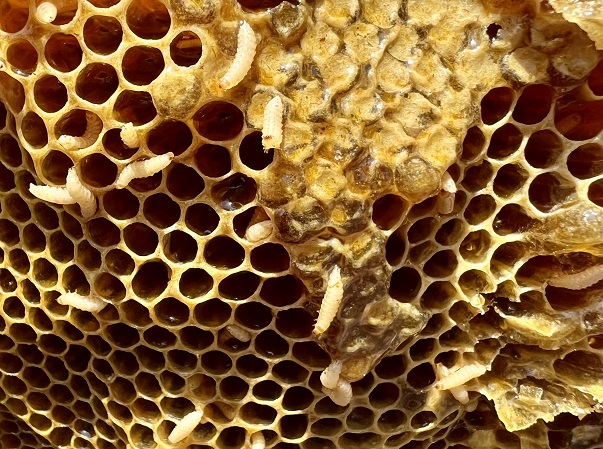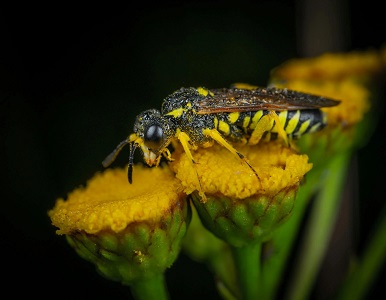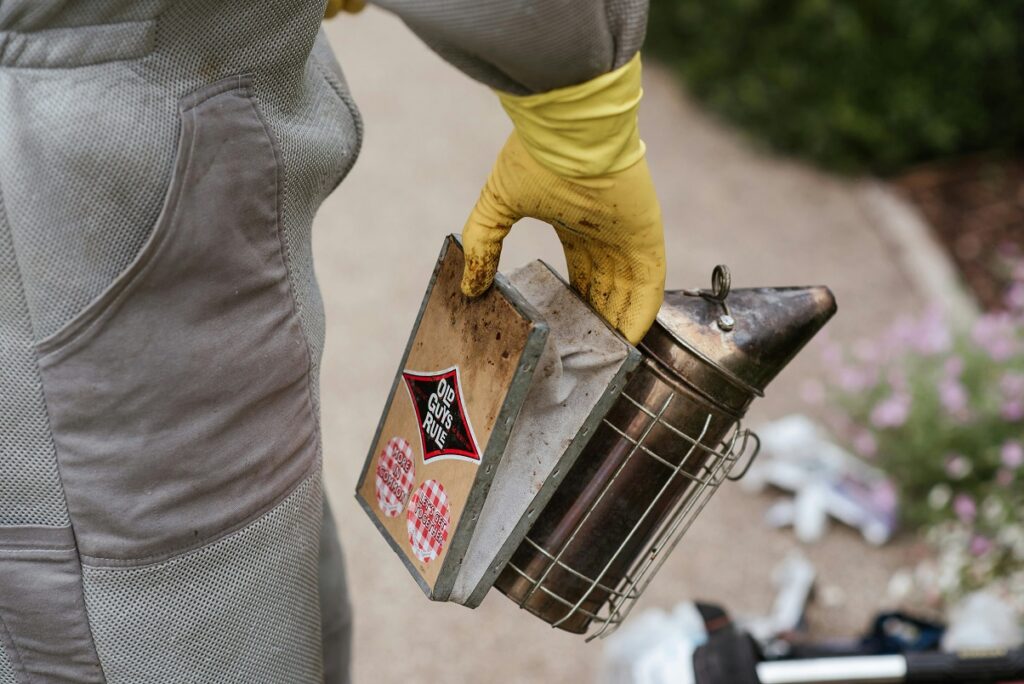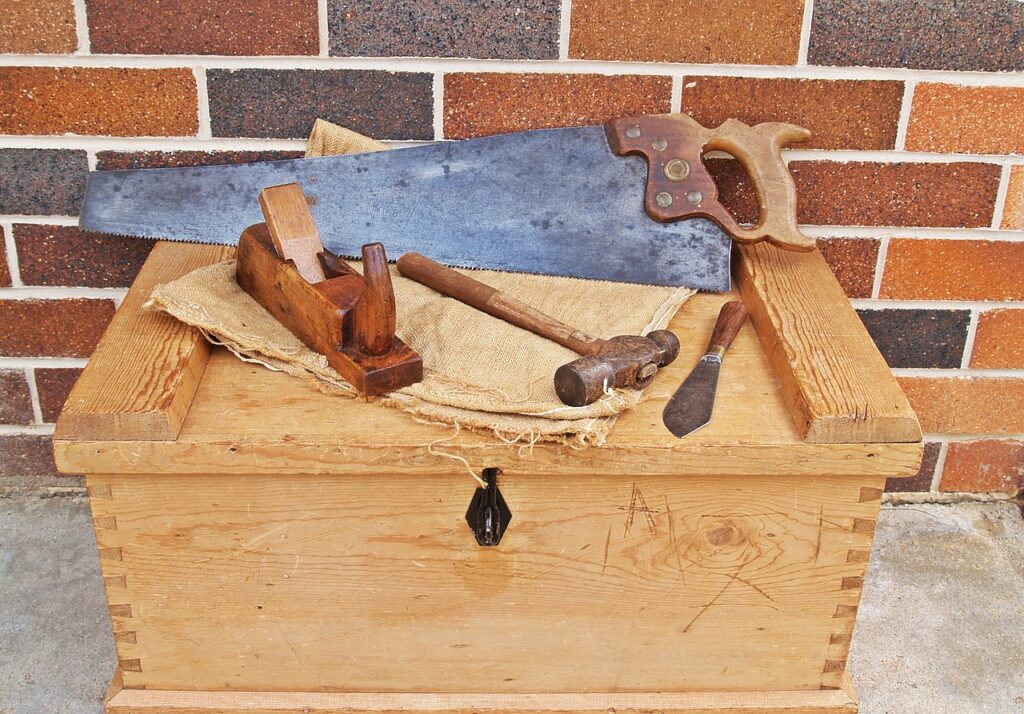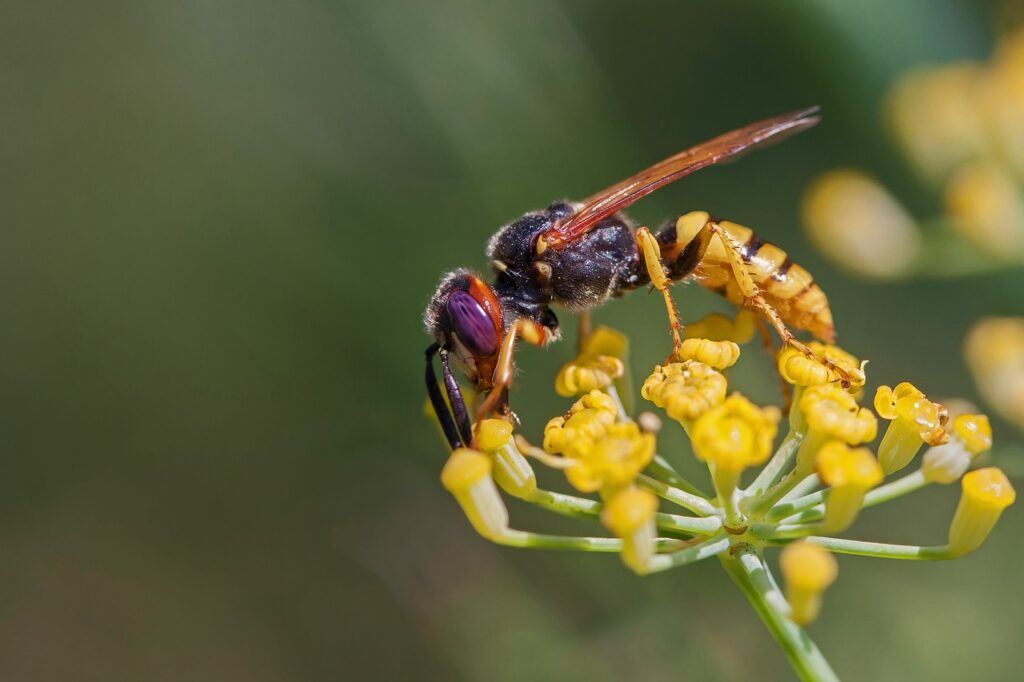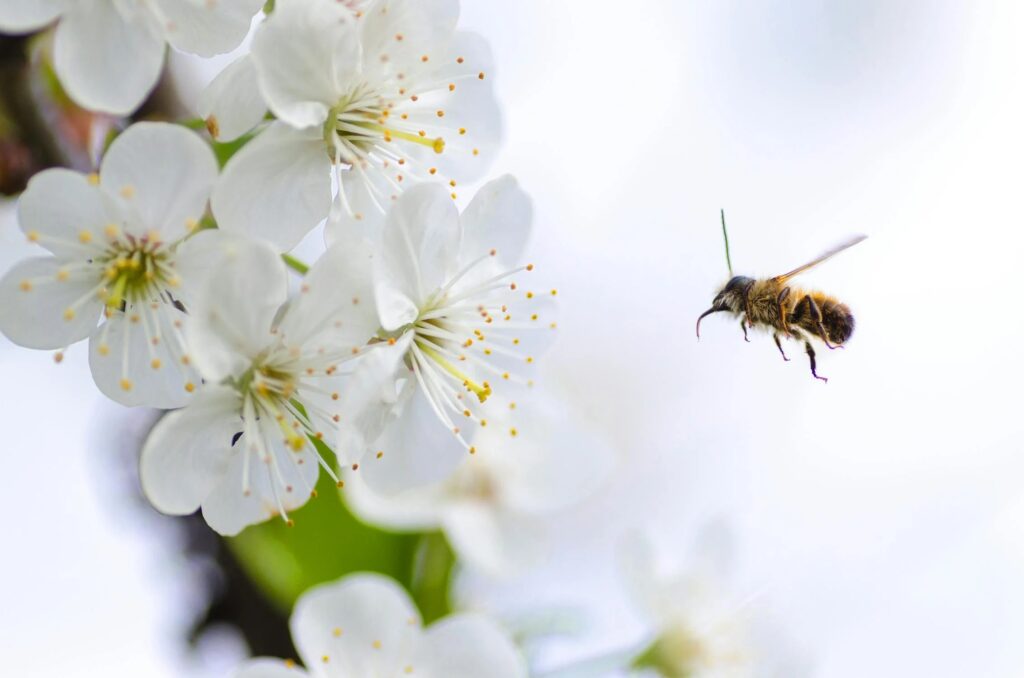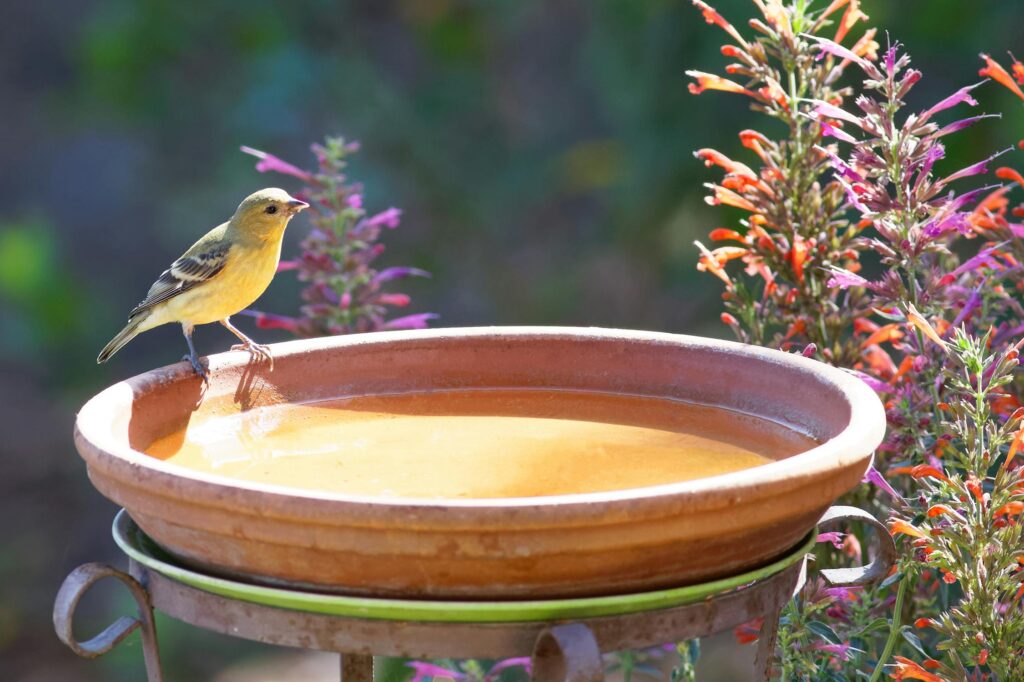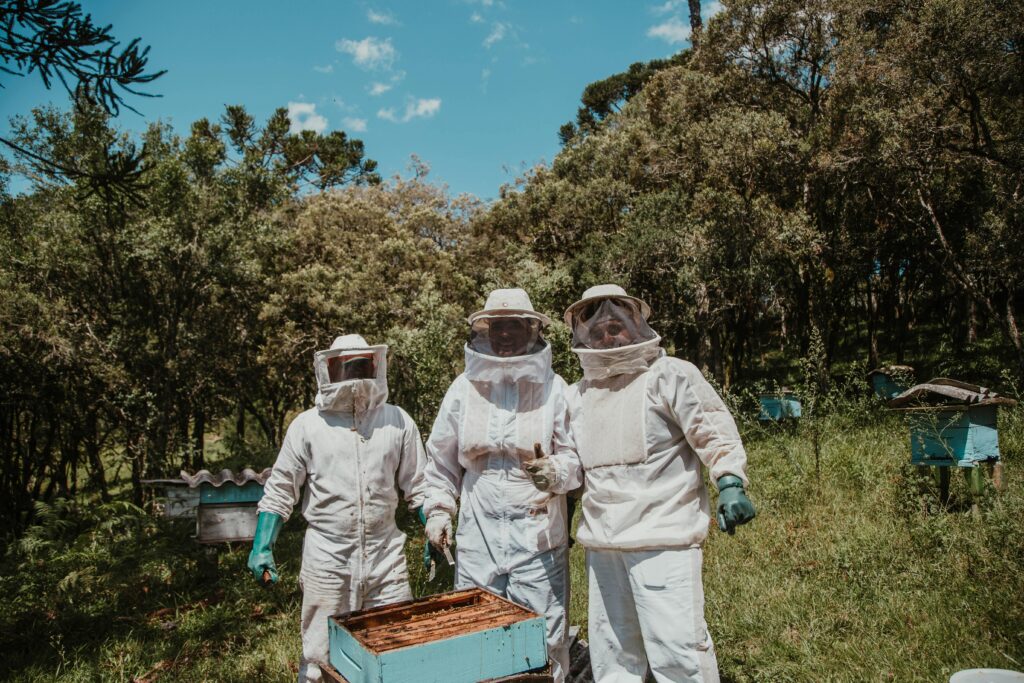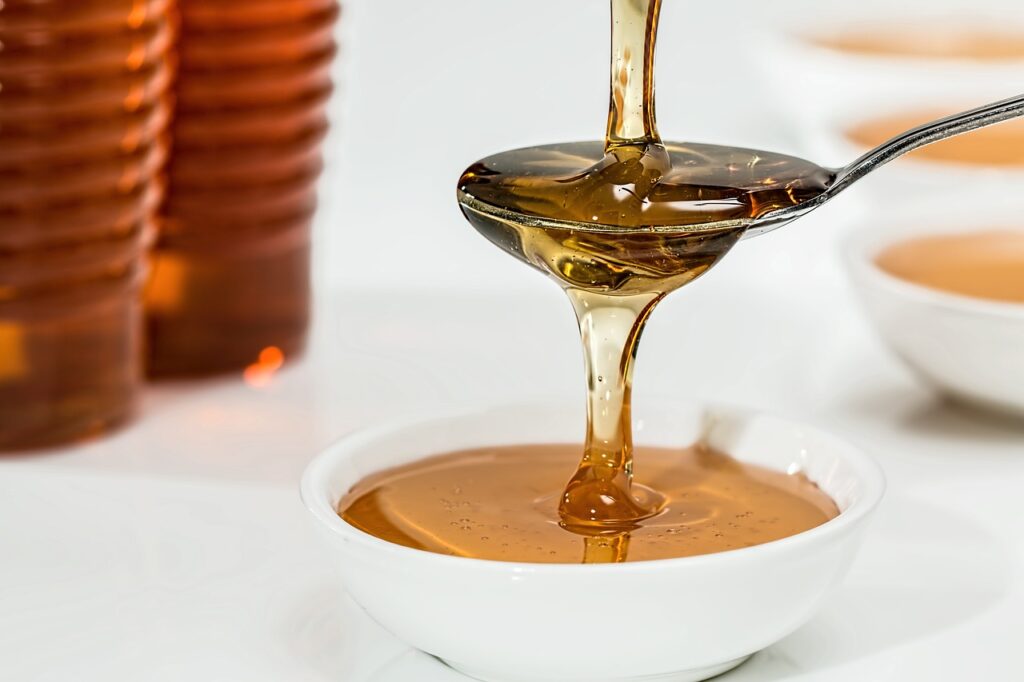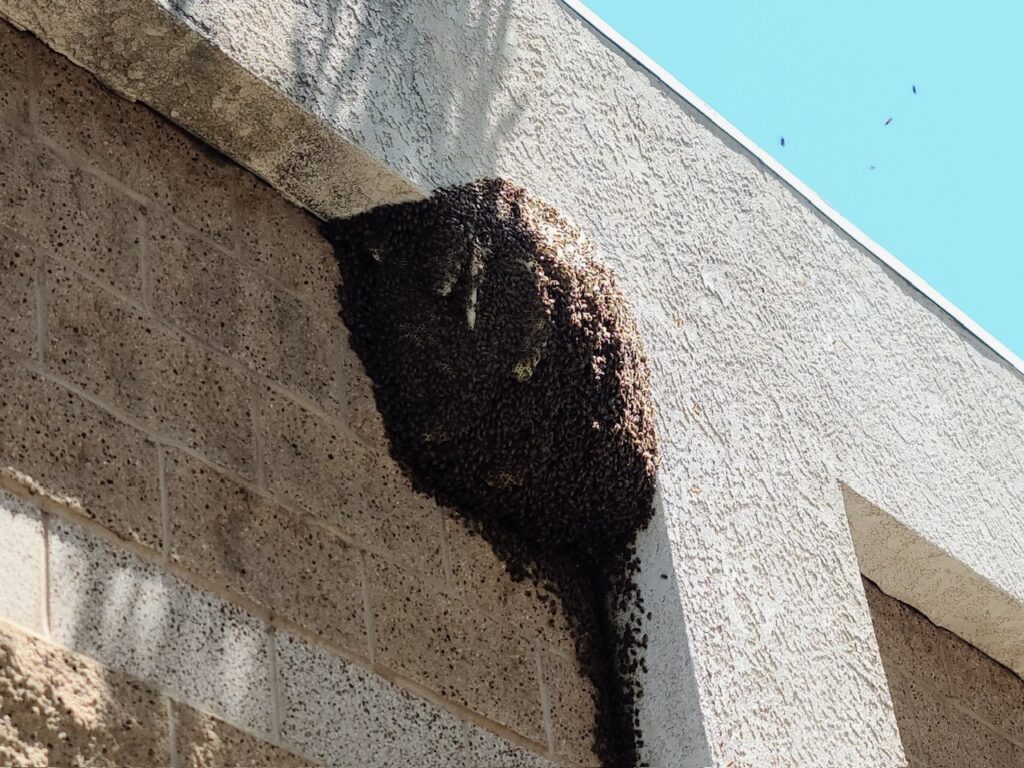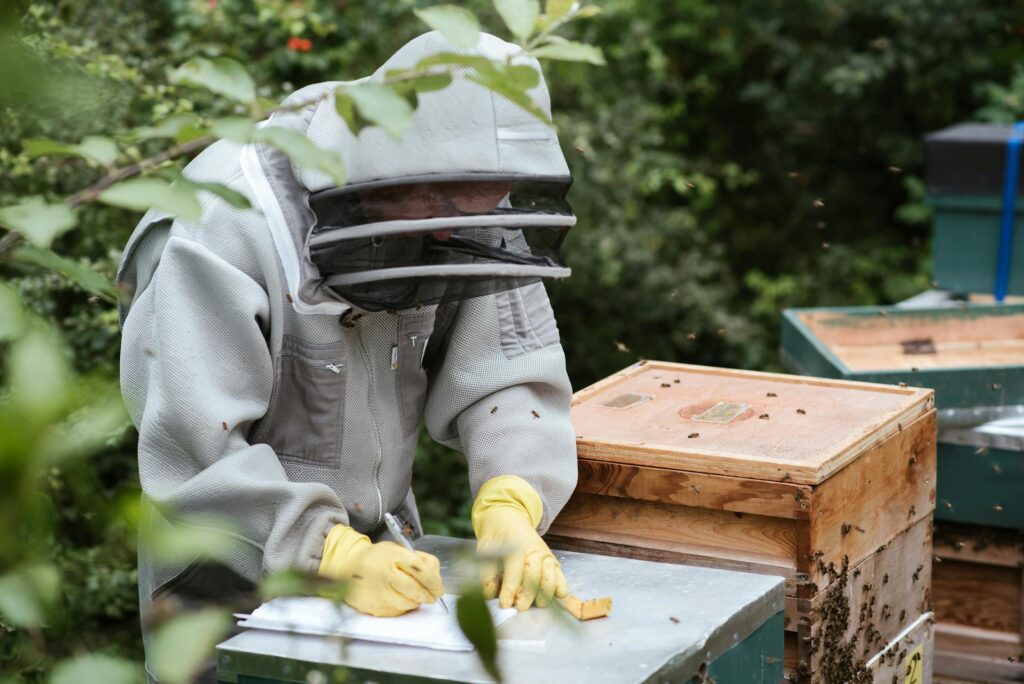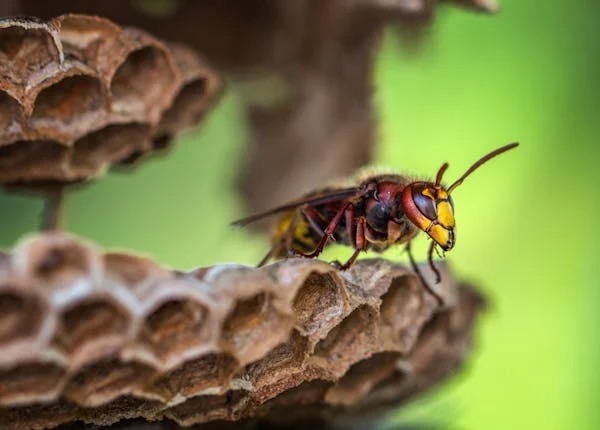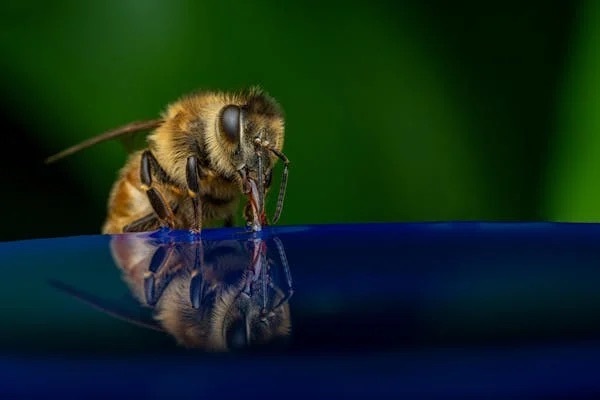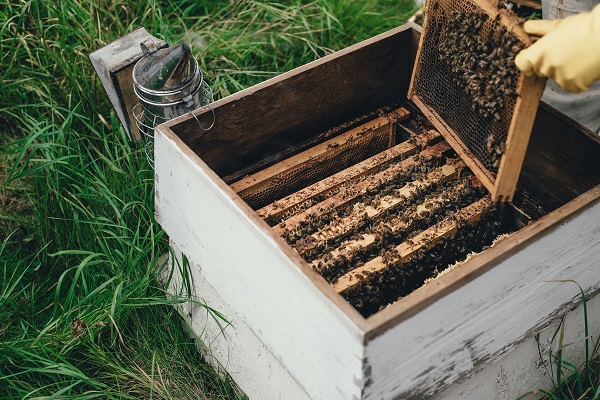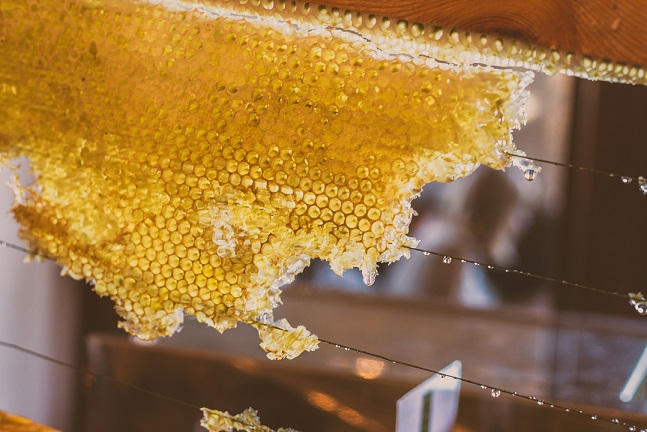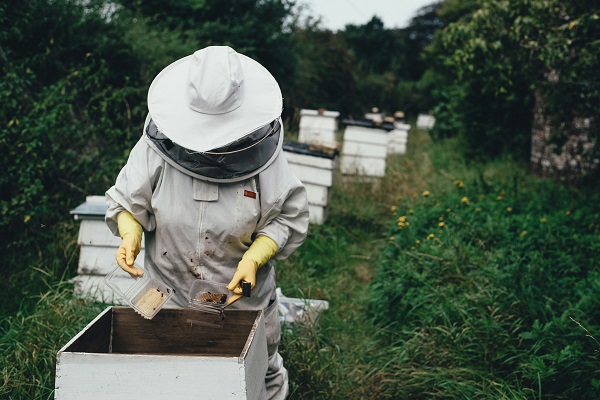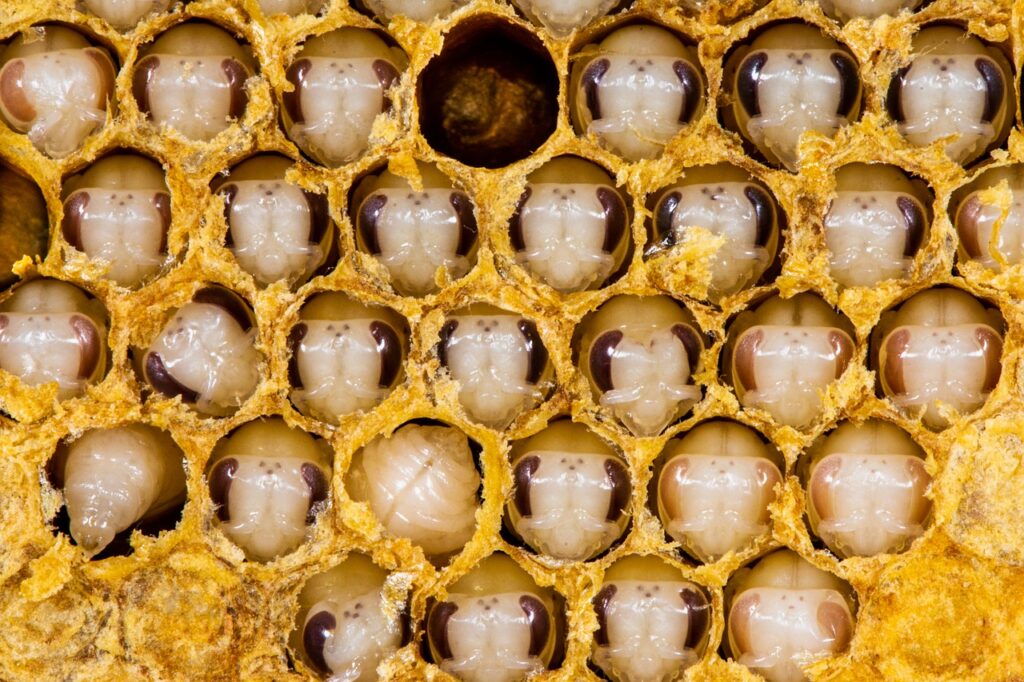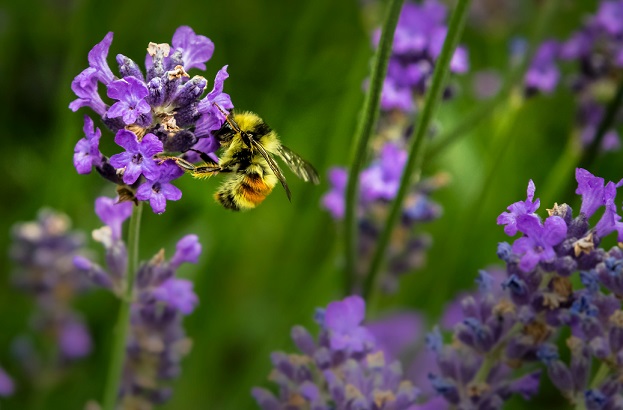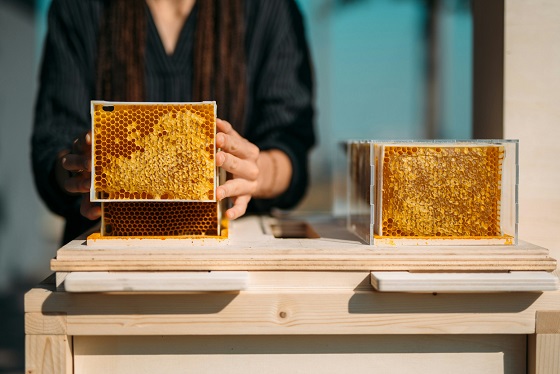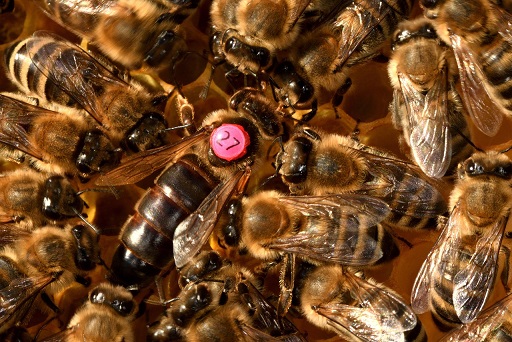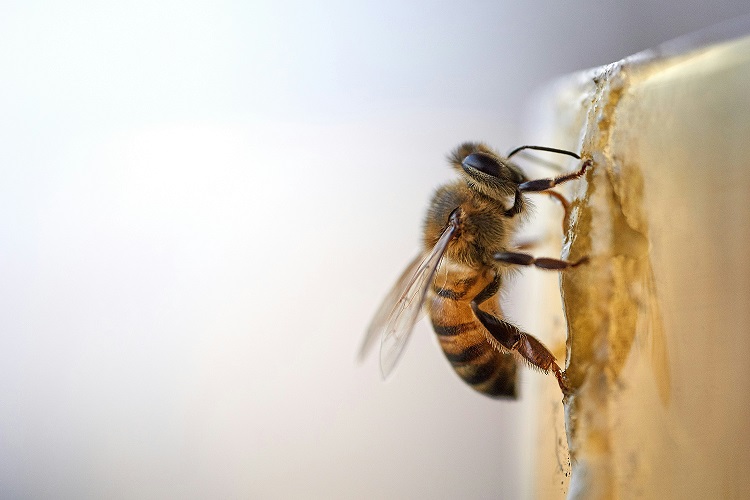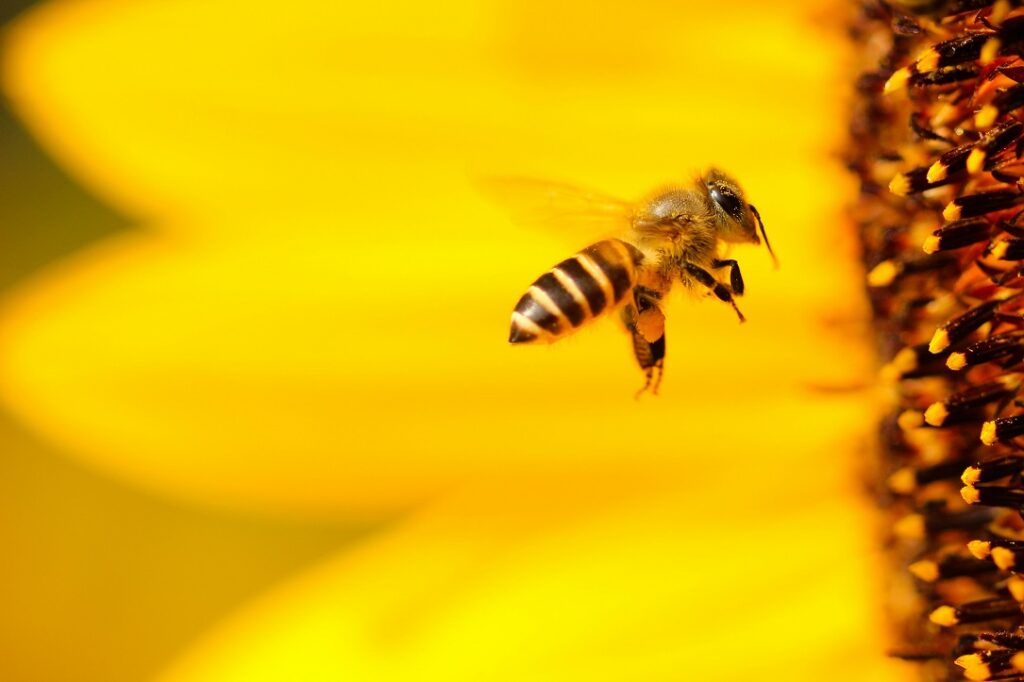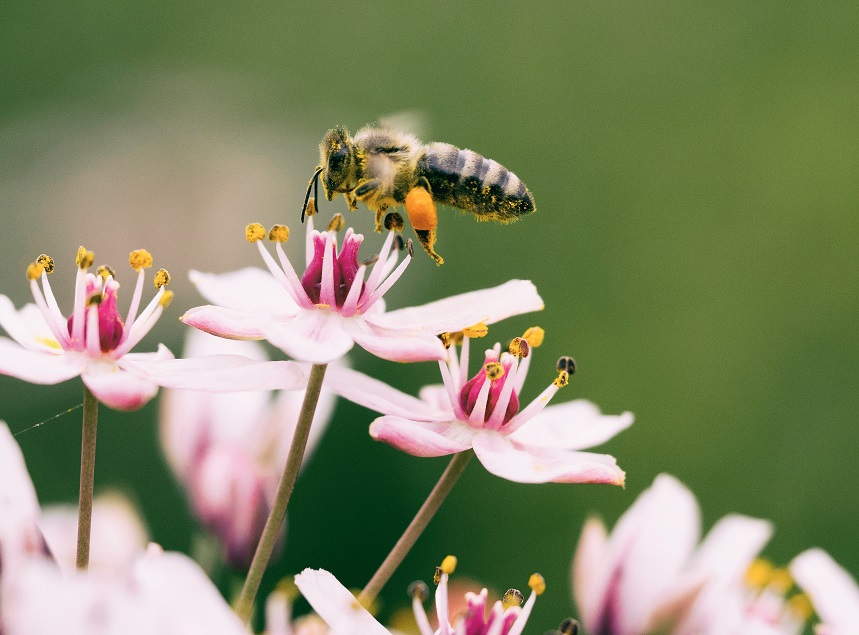Bee News
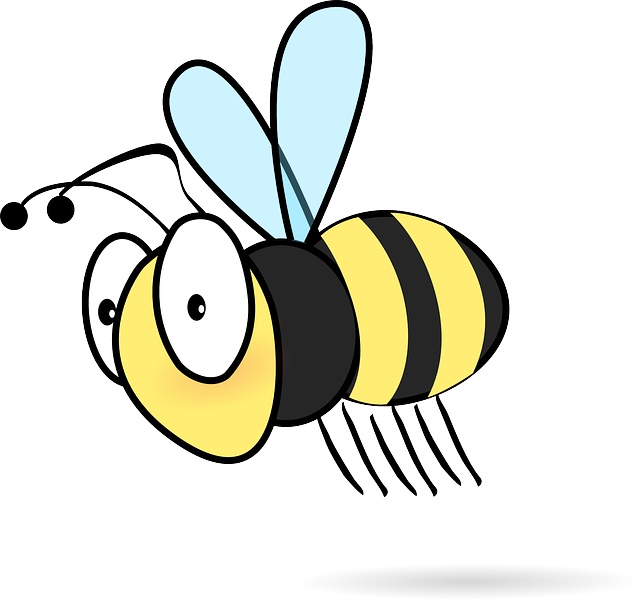


Carpenter bees, often mistaken for bumblebees due to their similar size and coloration, play a unique role in our ecosystems. While these bees may be known for their woodworking skills, their fascinating behaviors and contributions to pollination merit further exploration. In this blog, we’ll dive into the world of carpenter bees, their habitats, behaviors, and the impact they have on our environment.
What Are Carpenter Bees?
Carpenter bees belong to the genus *Xylocopa*, which translates to “wood eater.” There are more than 500 species of carpenter bees globally, with around 24 species found in North America. These bees are typically large and robust, measuring about 1 to 1.5 inches in length. The most distinguishing feature of carpenter bees is their shiny, hairless abdomens, which contrast sharply with the hairy bodies of bumblebees.
Nesting Habits
Unlike many other bee species that construct hives, carpenter bees prefer to create their nests in wood. They excavate tunnels in dead or softened wood, including tree stumps, wooden structures, and even fences. Female carpenter bees are responsible for the construction of these nests, where they create individual cells for brood rearing.
Each female lays her eggs in these tunnels and provisions them with pollen and nectar, ensuring that the larvae have enough food upon hatching. Carpenter bees are solitary creatures, though you might find multiple females nesting in close proximity, leading to the appearance of a colony.
Pollination
Despite being commonly associated with wood destruction, carpenter bees serve as important pollinators. Their size and strong flight capabilities allow them to access nectar from larger flowers that smaller bees might find difficult to reach. They perform “buzz pollination,” a technique where they vibrate their muscles to release pollen from certain types of plants, such as tomatoes, blueberries, and eggplants.
This method of pollination is vital for the health of many ecosystems and agricultural systems, making carpenter bees essential contributors to biodiversity. In addition, they help increase fruit and vegetable yields, supporting local agriculture and gardens.
The Impact of Carpenter Bees on Wood Structures
While carpenter bees are beneficial pollinators, their nesting habits can lead to concerns for homeowners. They can cause damage to wooden structures, as their tunneling can weaken and compromise the integrity of wood in decks, siding, and fences. Over time, this can lead to structural issues if left unchecked.
To manage carpenter bee activity, homeowners can take preventive measures such as:
1. Sealing Entry Points: Prevent carpenter bees from nesting by sealing cracks and crevices in wooden structures and applying paint or varnish to untreated wood, as they prefer untreated, weathered wood for nesting.
2. Regular Inspections: Periodically check for signs of carpenter bee activity, such as small round holes in wood or sawdust near nesting sites.
3. Natural Deterrents: Some homeowners have had success using natural deterrents, like essential oils, to repel carpenter bees from specific areas.
4. Provide Alternatives: Consider providing untreated wood blocks or bee hotels in your garden as nesting options to encourage them to nest away from your structures.
Carpenter bees are intriguing and vital members of the bee family. While they may pose challenges for homeowners due to their nesting habits, their role as pollinators cannot be overlooked. The next time you spot a carpenter bee buzzing in your garden, take a moment to appreciate the important work they do in supporting our ecosystems and enhancing our gardens’ productivity!
